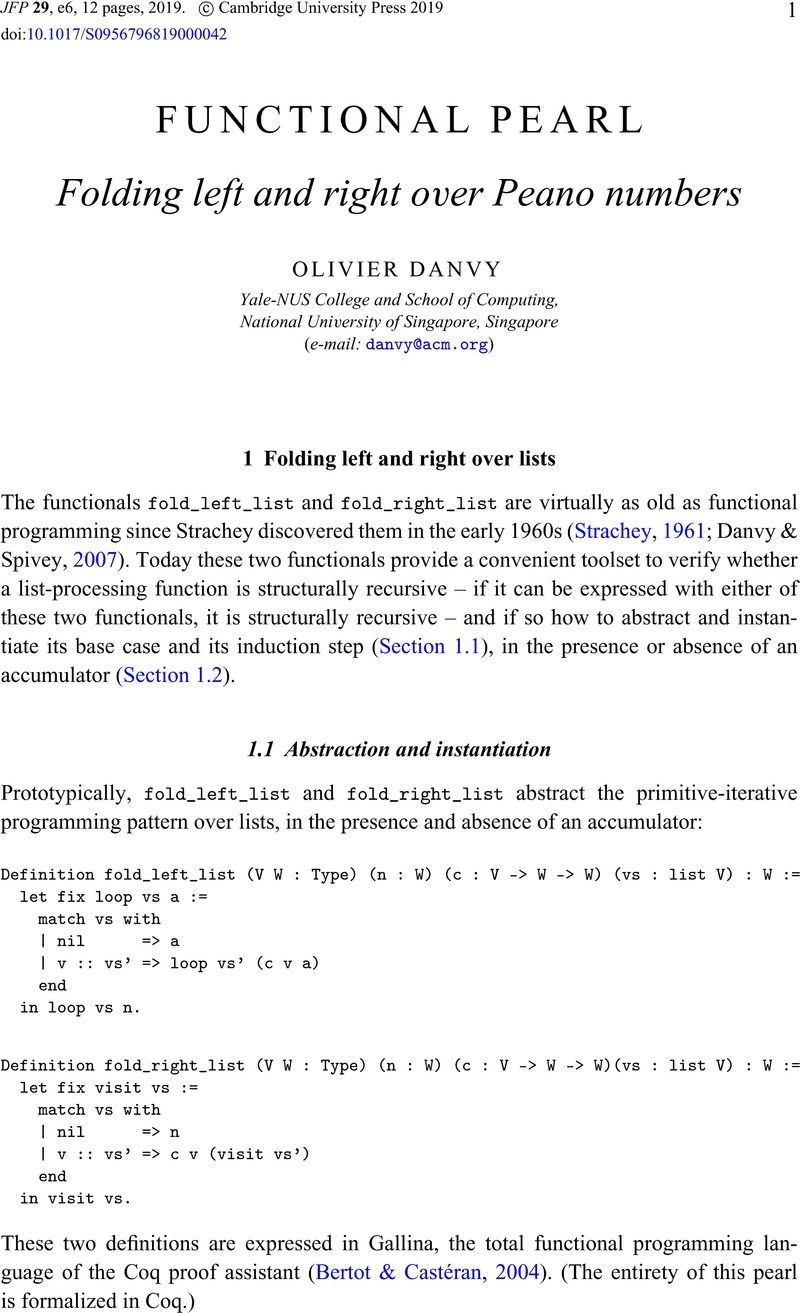Crossref Citations
This article has been cited by the following publications. This list is generated based on data provided by Crossref.
Sergey, Ilya
Nagaraj, Vaivaswatha
Johannsen, Jacob
Kumar, Amrit
Trunov, Anton
and
Hao, Ken Chan Guan
2019.
Safer smart contract programming with Scilla.
Proceedings of the ACM on Programming Languages,
Vol. 3,
Issue. OOPSLA,
p.
1.
DANVY, OLIVIER
2022.
Fold–unfold lemmas for reasoning about recursive programs using the Coq proof assistant.
Journal of Functional Programming,
Vol. 32,
Issue. ,
DANVY, OLIVIER
2023.
Folding left and right matters: Direct style, accumulators, and continuations.
Journal of Functional Programming,
Vol. 33,
Issue. ,




Discussions
No Discussions have been published for this article.